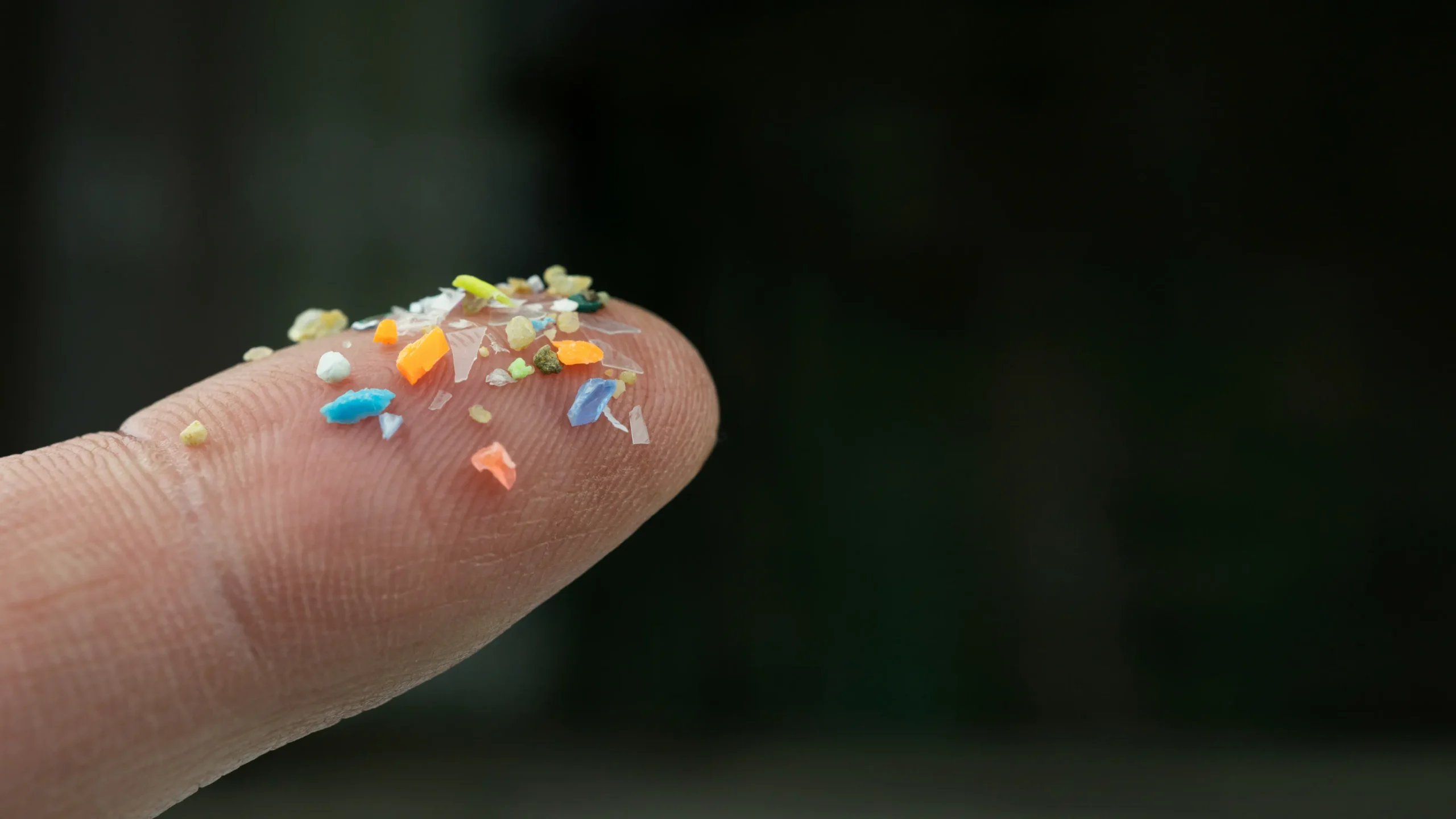
What Are Microplastics and Why Are They a Threat to Our Oceans?
Microplastics have become one of the most significant environmental challenges of our time. These tiny...

Microplastics are an invisible menace infiltrating our oceans, ecosystems, and even our food chains. Among the surprising contributors to this problem? Your laundry. Each cycle in the washing machine releases thousands of tiny plastic fibres from synthetic fabrics into wastewater, eventually making their way into rivers and seas. But what exactly causes this, and how can we take action? Let’s explore the problem and discover practical solutions to help protect our planet.
Microplastics are fragments of plastic less than 5 millimetres in size. When washing clothes made from synthetic materials like polyester, nylon, or acrylic, millions of microscopic fibres shed with every cycle. These “microfibres” escape through wastewater treatment plants, which are not equipped to filter them out entirely, and end up in our waterways. Over time, these fibres accumulate in marine ecosystems, creating long-lasting environmental damage.
Contributing factors include:
Once microplastics enter the waterways, they have far-reaching consequences:
Thankfully, small changes to your laundry routine can make a big difference. Here are seven ways to fight microplastics at home:
The Indi™ Home Microfibre Filter is a game-changer for tackling microplastic pollution. Designed by Cleaner Seas, this innovative device captures up to 90% of microfibres released during washing. Easy to install and maintain, it’s an essential tool for anyone committed to reducing their environmental footprint. By trapping microfibres before they reach wastewater, the Indi™ filter provides an immediate and effective solution to protect our waterways.
Reducing the frequency of washes not only extends the life of your clothes but also minimises fibre shedding. Spot clean or air out garments to keep them fresh between washes.
This specially designed bag captures microfibres from synthetic clothing during the wash. Simply place your garments in the bag before starting the cycle. While effective, pairing this with the Indi™ filter ensures maximum fibre capture.
Washing clothes at 30°C and using a gentle cycle reduces friction and wear on fabrics, resulting in fewer microfibres being released. It’s also better for energy efficiency.
When buying new clothes, opt for natural fibres like cotton, wool, or hemp. These materials shed fewer harmful fibres and are biodegradable.
Overloading your washing machine increases friction, causing clothes to shed more fibres. Stick to smaller loads to reduce microfibre release.
Powder detergents can be abrasive and break down fabrics faster. Switching to liquid detergents helps preserve clothing and reduces fibre shedding.
Cleaner Seas’ Indi™ Home Microfibre Filter stands out as one of the most effective solutions for addressing microplastic pollution at home. Unlike other methods, it integrates directly with your washing machine, capturing microfibres at the source. Its design ensures durability and ease of use, making it a sustainable choice for eco-conscious households. By investing in the Indi™ filter, you’re not only protecting the environment but also taking a tangible step towards a cleaner future.
Microplastics are a daunting challenge, but by adopting eco-friendly practices and tools like the Indi™ Home Microfibre Filter, we can all contribute to the solution. Every small step you take—from washing less frequently to choosing sustainable fabrics—adds up to significant environmental impact. Together, we can reduce the microplastics in our waterways and create a cleaner, healthier planet for future generations.
Start your journey towards sustainable laundry today. Visit Cleaner Seas to learn more about the Indi™ Home Microfibre Filter and join the fight against microplastics.
Get monthly ocean news, offers, events and updates on our mission.
By clicking subscribe, you agree to our Terms and Conditions.
